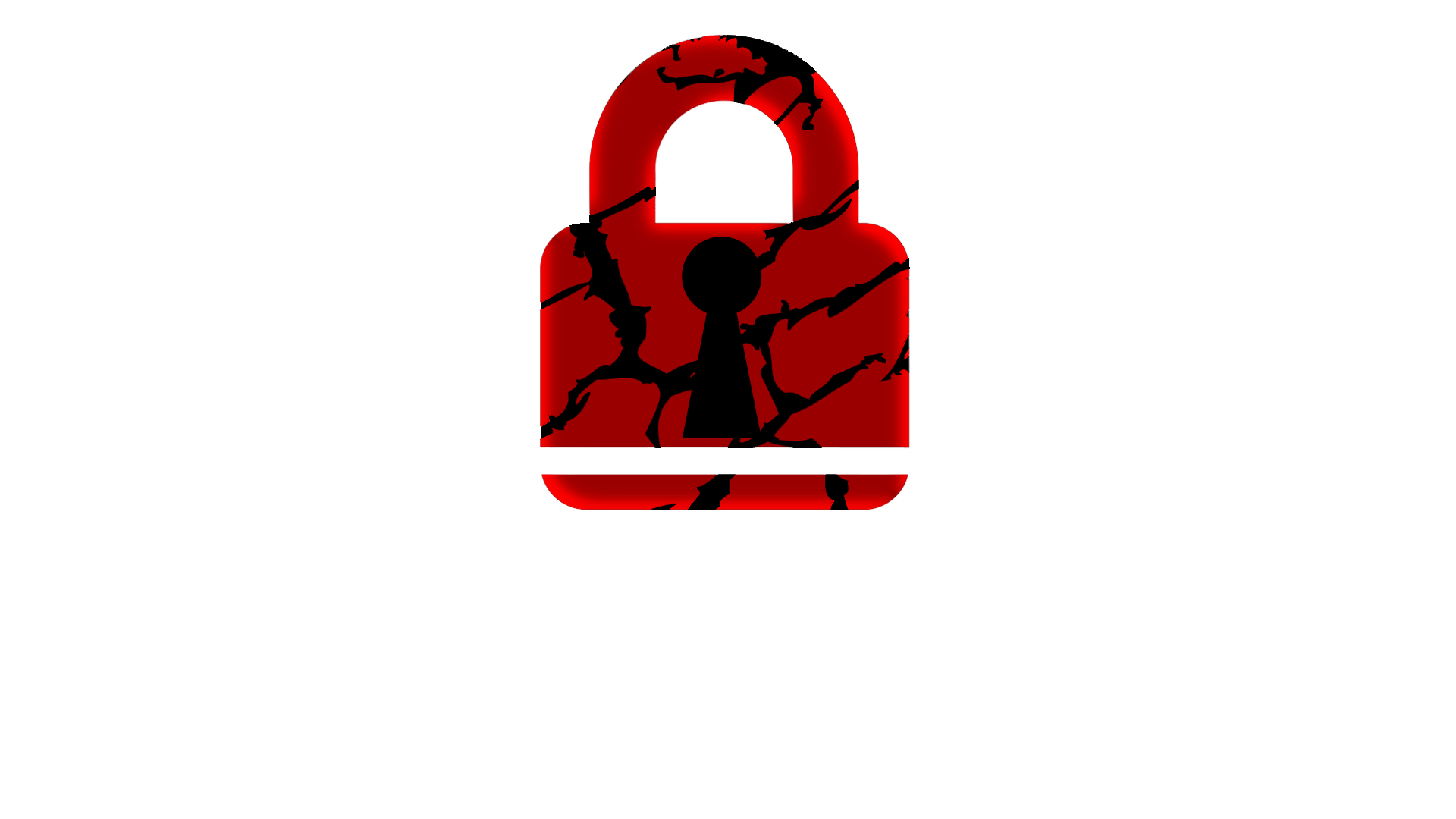Every escape room place has them, that percentage that informs you of a game’s difficulty. But what do those numbers really mean? How are they calculated and can you trust them? There are a lot of questions to be asked about success rates and what they really mean, so let’s dive in and examine them.
How they’re calculated
Figuring out how trustworthy a game’s success rate is means learning how that success rate is calculated. Some businesses choose a number that sounds fair to the game, while others will calculate an average based on a sampling of groups. The most accurate success rates are the ones that are updated in real-time. For example, at Escape Games Canada, we keep track of every group and every game; that means that once you’ve played, you’ve affected our success rate. When you look at our automated scoreboard, you can be sure that the success rates are completely up to date and accurate.
Success rates don’t always reflect difficulty
Here’s the thing: just because a room has a low success rate, doesn’t mean it’s the hardest game. That success rate just means that statistically, groups are less likely to complete that game. A success rate might be low for a number of reasons: some games attract beginners who are less likely to escape their first game, some games might just be scary enough that players are too afraid to be successful. Similarly, higher success rates might reflect games that attract experienced players. Since there are so many factors that can affect a game’s success rate, it’s important to remember that the success percentage does not necessarily correlate to difficulty.
What good are success rates?
You can learn a lot from the success rates at any given escape facility; whether they’re estimations or updated in real-time, those success rates are telling. They can tell you more than just your probability of success–they can also tell you how difficult that facility is overall. At a glance, you can tell if a facility tends to have more experienced players visiting or players that are newer to escaping. A little-known fact about success rates is that they tend to be higher when a game is newer since experienced players and repeat customers usually rush to play new games. You can also see just how scary the scary games are (the scarier the game, the lower the success rate), and how intense. So while a success rate is not a good tool to judge a game’s difficulty, it can give you a lot of interesting information.

